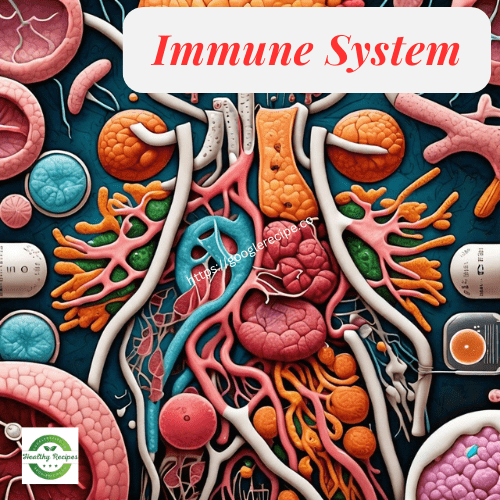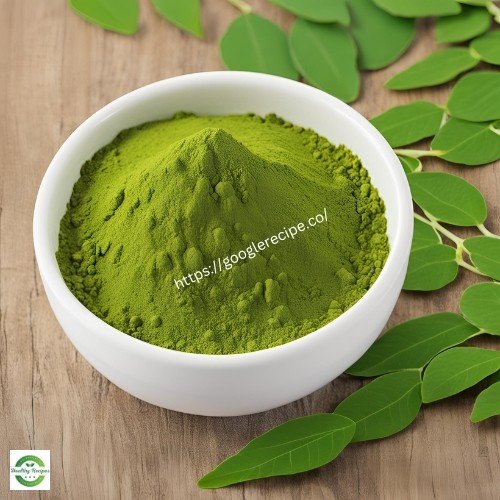Plant Disease
Recognizing and Avoiding Common Plant Illnesses
Plant Disease? A healthy plant can synthesize proteins to grow, absorb water and nutrients, and translocate them to where they are needed.
It can perform photosynthesis and lose by-products through the roots and transpiration. Reproduction enables it to bear fruit or seeds.
However, just like humans and animals, plants can get sick, resulting in visible symptoms. They can be attacked by insects and pathogens such as viruses, bacteria, and fungi.
Ill health can also be caused by deficiencies in nutrient ions, which are vital for growth and development. Let’s delve into some specific examples of these challenges.
Insect Infestations: The Case of Aphids
Plants can suffer massive infestations, such as those caused by aphids. These tiny insects swarm plants in vast numbers, each with piercing mouthparts that tap into the leaf to feed on the sap.
This feeding results in wilted or distorted leaves that cannot photosynthesize correctly. A byproduct of their feeding is honeydew, which is exuded from their hindgut and often collected by ant soldiers who guard over their flock.
If this isn’t bad enough for the plant, secondary infections can occur. Aphids transfer viruses through their mouthparts and leave holes in leaves, providing entry points for other pathogens. Honeydew residues also attract fungal colonies such as black mold.
Viral Invasions: The Tobacco Mosaic Virus
A classic example of a plant virus is the Tobacco Mosaic Virus (TMV). TMV has a rod-like structure with a coat of proteins helically around a single strand of RNA.
It was first described by Adolf Meyer. TMV can enter through wound sites and hijack plant cells to aid its own replication. The virus leaves a mosaic pattern on the leaves, causes molting, cellular death, stunting, and leaf curling. It can devastate crops, such as tomatoes.
Fungal Infections: Black Spot Disease
Fungal infections, such as black spot disease, can affect any plant with fleshy leaves and are particularly common in roses. This disease is a significant problem for ornamental growers since a spotty plant can greatly affect its value.
Nutrient Deficiencies: The Silent Killers
Not all plant diseases are caused by infections. Nutrient deficiencies can also cause significant damage. For example, stunted growth can result from nitrogen deficiency because nitrate ions are needed for protein synthesis, which is crucial for growth and repair.
Another example is chlorosis, a change in leaf color caused by magnesium deficiency. Magnesium ions are essential for making chlorophyll, which is vital for photosynthesis and energy production.
Identifying Plant Diseases
Identifying Plant Disease can be challenging because many symptoms, like spots on leaves, are non-specific. Various methods can help with identification, such as referring to gardening manuals or websites, taking samples to a laboratory, or using testing kits that contain monoclonal antibodies.
These antibodies work by binding to parts of the infected viruses, bacteria, or fungi suspected of causing the infection.
Plant Defenses: Nature’s Ingenious Solutions
Plants have evolved various ways to avoid and fight infections. The first line of defense includes physical barriers like cellulose cell walls, tough waxy cuticles on leaves, and layers of dead cells around stems that fall off like bark on trees.
Mechanical adaptations such as thorns, hairs, or leaves that droop or curl when touched, and mimicry to trick animals are also common.
In addition to these pre-formed defenses, plants have chemical defenses. They produce antibacterial chemicals, poisons like the toxins in nettles that cause blisters, and defense molecules in response to an attack.
Conclusion
Plants, like all living organisms, face numerous challenges that can compromise their health and vitality. From insect infestations and viral invasions to fungal infections and nutrient deficiencies, plants must continually defend themselves against a wide array of threats.
Despite these challenges, plants have evolved a sophisticated arsenal of physical and chemical defenses to protect themselves and maintain their crucial roles in ecosystems and agriculture.
Understanding these plant health issues is vital for gardeners, farmers, and scientists alike. By recognizing the signs of pest attacks, infections, and nutrient deficiencies, we can take appropriate measures to support plant health.
FAQs about Plant Disease
1. What are the most common signs that a plant is unhealthy?
Common signs include:
- Wilting or drooping leaves
- Yellowing (chlorosis) or browning of leaves
- Spots, blisters, or unusual markings on leaves
- Stunted growth or deformed structures
- Presence of pests like aphids or signs of their activity (e.g., honeydew)
2. How can I identify what is causing my plant’s health issues?
Identification can be done through:
- Reference to gardening manuals or websites
- Taking samples to a laboratory for testing
- Using diagnostic kits that contain monoclonal antibodies for specific pathogens
3. What should I do if I find aphids on my plants?
If you discover aphids:
- Wash them with a powerful flow of water
- Introduce natural predators like ladybugs
- Use insecticidal soap or neem oil
4. How can I prevent viral infections in my plants?
Preventive measures include:
- Using virus-free seeds or plants
- Practicing good garden hygiene (e.g., sterilizing tools)
- Controlling aphids and other insect vectors
5. What are the symptoms of a nutrient deficiency in plants?
Symptoms vary by nutrient but can include:
- Nitrogen deficiency: yellowing leaves, stunted growth
- Magnesium deficiency: interveinal chlorosis (yellowing between the veins)
- Iron deficiency: pale or yellow new leaves
6. How can I treat a fungal infection like black spot on roses?
To treat black spot:
- Remove and destroy infected leaves
- Ensure good air circulation around the plants
- Apply fungicides specifically labeled for black spot
7. Are there natural ways to boost plant immunity?
Yes, natural methods include:
- Compost and organic matter to improve soil health
- Proper watering and spacing to reduce stress
- Introducing beneficial insects and microorganisms


